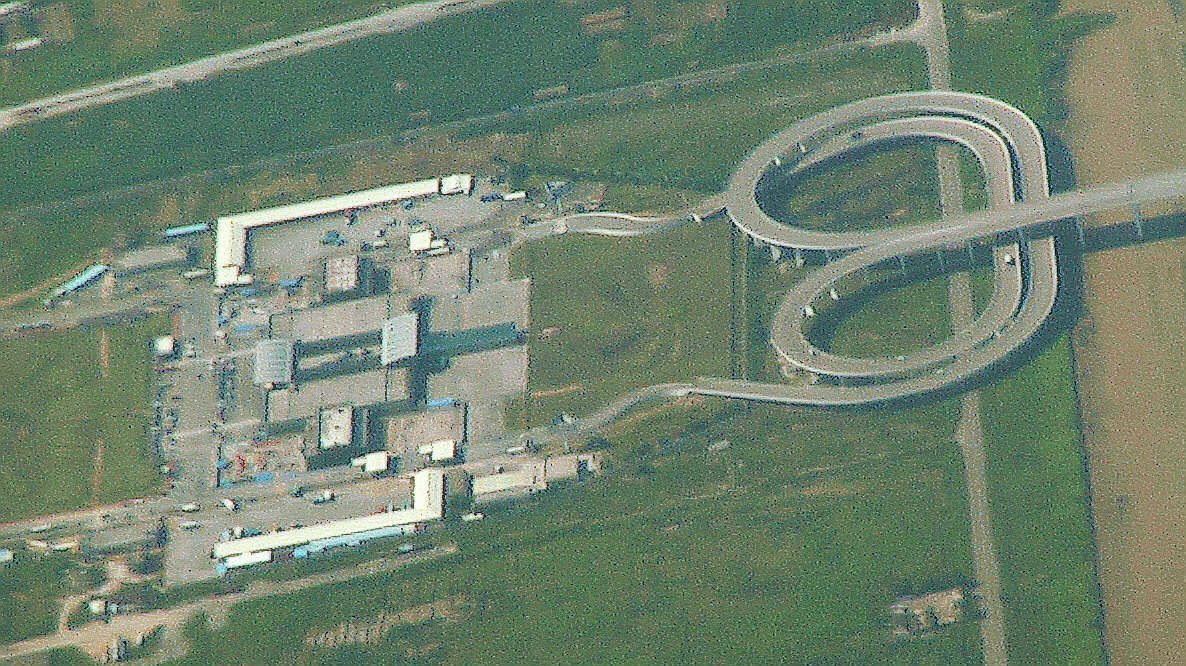
When it comes to the rules of the road, it obviously makes sense for a territory to pick one side of the road for drivers to drive on and stick to it across the map.

That way you don’t get people pootling happily over to the next village, where the rules are different, and promptly crashing into a car coming the other way.
Funnily enough, though, driving on one side of the road isn’t only a matter of common sense: it’s enshrined in the Geneva Convention. Not the Geneva Convention you’re thinking of, admittedly, but the Geneva Convention on Road Traffic (1949) which requires its signatories to have consistent rules. It’s a matter of law, as well as precedent.
How it started
In most places, for most of history, driving on the left seems to have been standard (you can see this in the layout of cart tracks on Roman roads and so forth).
There’s a reason for this. Most people are right-handed, so by driving on the left, that’d place their stronger hand in the best position to greet those coming the other way, or whack them with a sword, as seemed most appropriate.
It made sense in other ways, too. Driving on the left meant that people leading horses could hold the reins in their right hand and walk at the edge of the road, which was least likely to be a sea of mud. Most people find it easier to mount a horse from its left, too.
Why do most countries drive on the right?
The standard explanation for what changed is that it’s all Napoleon’s fault. He was left-handed, it’s said, and so was more comfortable on the right-hand side of the road. And one of the things you get to do when you conquer most of Europe is make people drive how you want them to.
This seems to be a bit of a myth, however. While it was Napoleon’s empire that standardised much of Europe, there’s no evidence he was just being personally awkward. Some stories actually credit a revolutionary proclamation that argued that, because the aristocrats had ridden on the left, the revolutionary thing to do would be to drive on the right.
No one seems to know for certain. And the US switched from left- to right-hand driving without any help from Napoleon – though again, whether this came about because of the mechanics of driving wagons that required several horses, or whether it was the work of standardisation-fan Henry Ford, is just as contested.
How do you switch sides?
The fact people drive on opposite sides of the road on either side of the English Channel, the Himalayas or the Sea of Japan doesn’t really matter much. Huge impassable natural features are generally a pretty good way of forcing people to think about which side of the road they’re meant to be on.
But there are land borders in the world where the rules switch suddenly. What then?
There are a number of options for changing a left-hand road into a right-hand road. One is using traffic lights, to ensure cars switching from right to left, and those switching from left to right, don’t meet noisily somewhere in the middle. Another is to have one-way sections – roundabouts or crossover bridges or brief one-lane roads – to ensure that there is no point where the two lines will meet.

In a few areas, there are no controls at all – you just follow the signage and take your chances. That, though, generally only happens when traffic is low.
While a number of countries have switched sides in the past – often with the help of an invading European army – it’s actually pretty rare these days.
Generally, when it has happened, the direction of travel has been from left to right, to bring countries into line with most of the world. That happened with a trio of West African countries in the 1970s (Ghana, Nigeria and Sierra Leone). On the other side of the continent, Rwanda and Burundi have talked about switching from right to left, to match their neighbours in the east African community, though that’s been on the table for a decade without anything much being done.
One country to make the switch was Samoa, which is all but unique in actually going from right to left. The former German colony made the decision so it could import cheap vehicles from left-leaning New Zealand and Australia. In preparation, roads were widened; new signage, speed bumps and road markings were introduced; the speed limit was slashed and alcohol sales were banned altogether for three days.
The shift faced legal challenges from a protest group, People Against Switching Sides, and even a new political party (“The People’s Party”), all of which warned of chaos.
But all to no avail. At 5:50am on 7 September 2009, a radio announcement was made and all traffic stopped. Ten minutes later, when the traffic restarted, all the rules had changed, and Samoans now drove on the left. In the event, it all went off very smoothly.
[Read more: Why cities are embracing the call for car-free streets]






